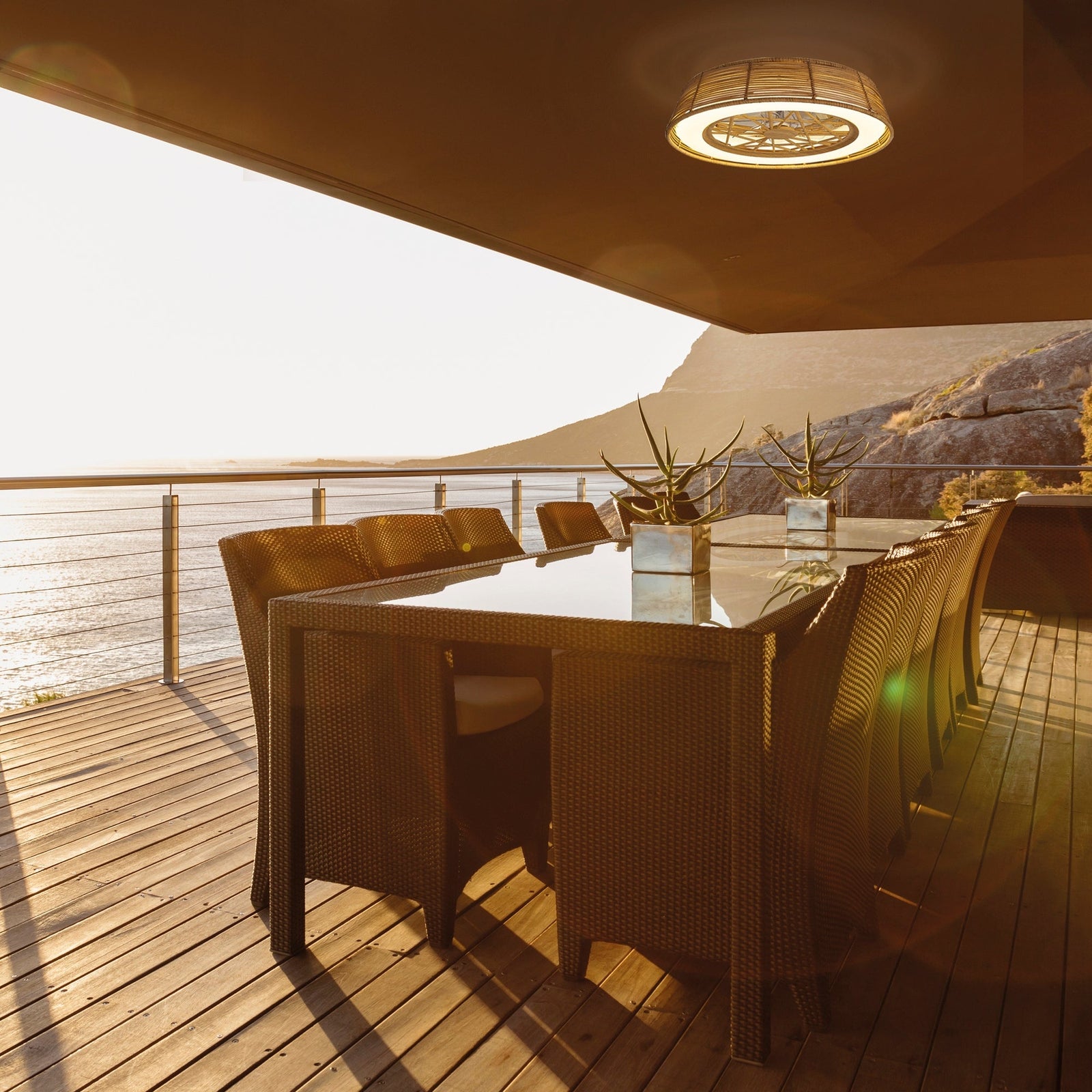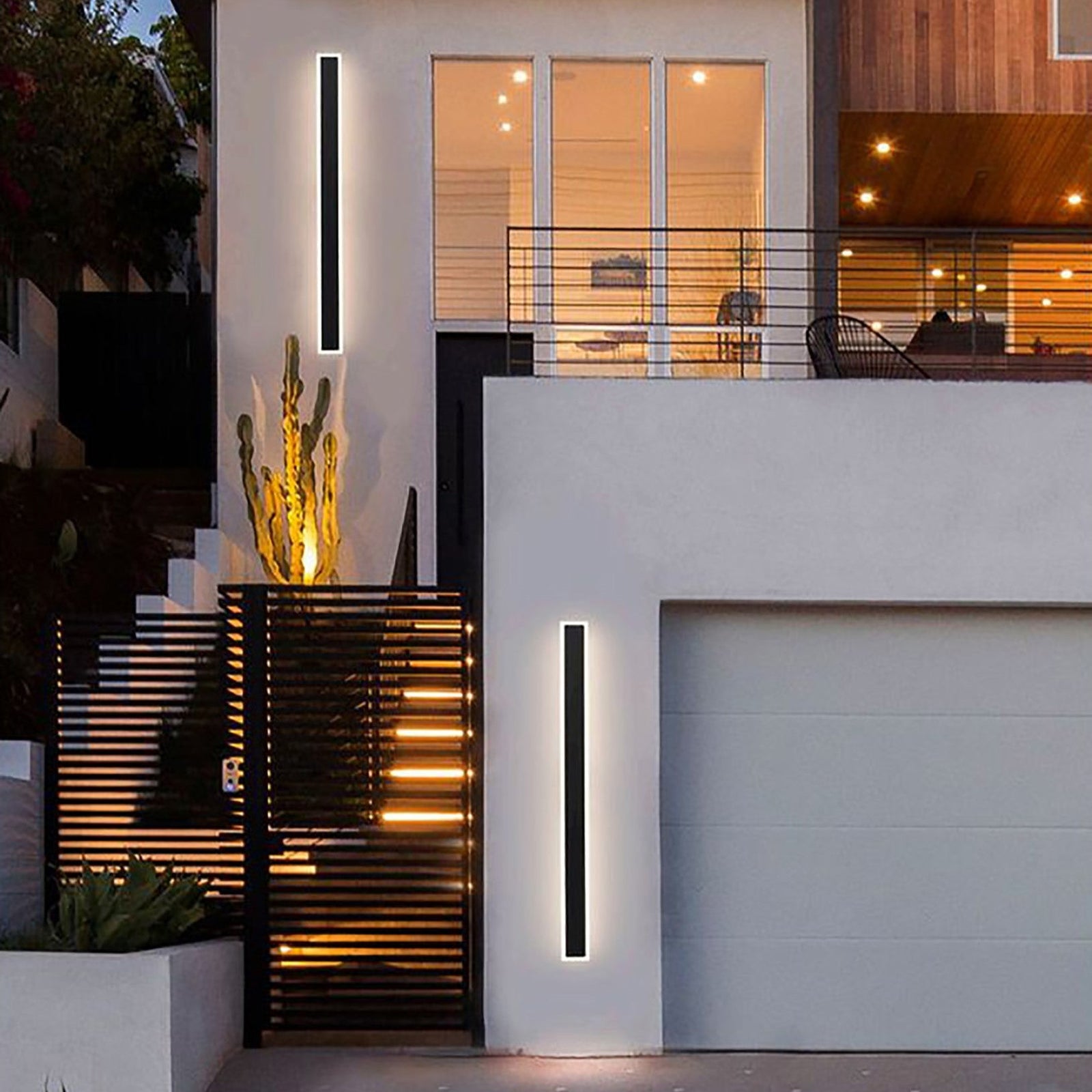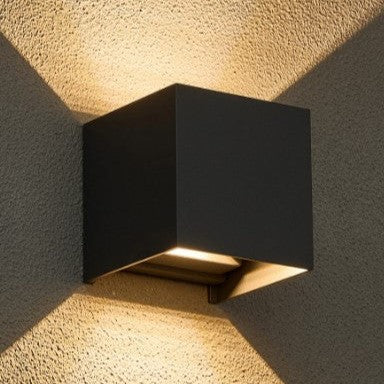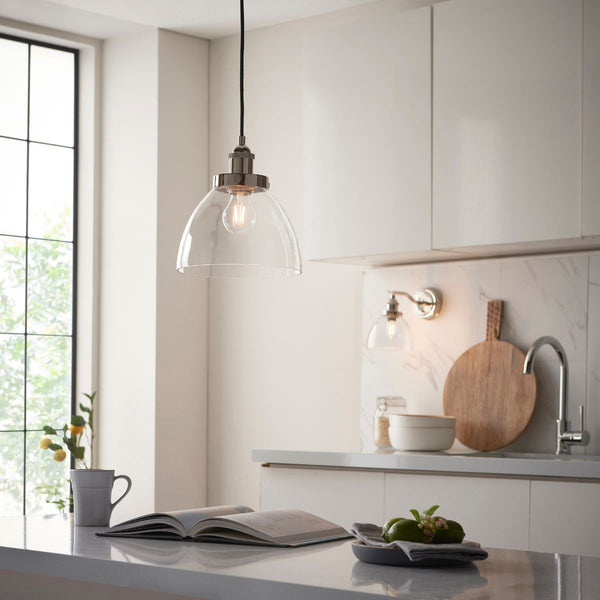Your Cart is Empty
Christmas Shutdown: We will close on Christmas Eve & re-open on Monday 5th January 2026 - Customer service line 029 2033 6667
Menu

Christmas Shutdown: We will close on Christmas Eve & re-open on Monday 5th January 2026 - Customer service line 029 2033 6667
Outdoor Lighting
Understanding Lumens & Watts: A Guide To LED Bulbs Brightness
December 30, 2024 3 min read
Whether we are lighting our homes or offices, the brightness of the bulbs used can make a big difference to ambience, productivity and even energy bills. Traditionally used incandescent bulbs were easy to understand- the higher the watts, the brighter the lights were, but the bulbs used these days, LED bulbs, have got other metrics to focus on, such as lumens. This is why we at EMA Lighting have put together this blog post to cover lumens, watts and anything else relevant to you as you choose the right LED bulbs for your space.

Starting With The Basics- Watts vs. Lumens?
It is often thought that both lumens and watts contribute to light output, however, that's not the case anymore. Only lumens measure the light output of a fixture and watts refer to the units of measurement for power consumption, not the brightness of the led bulbs.
Back in the day people would equate brightness with watts (as it was known that the more power a fitting uses, the more light it produces), however, these days the LED bulbs can can still produce an outstanding result, while running on a lower wattage. So next time you are buying new bulbs for your light fitting, remember, the more lumens it has, the brighter the light will be.
A Useful Reference Guide For Comparing Lumens To Watts
To make things even simpler for you, here’s a quick reference guide comparing traditional incandescent wattage with the lumens typically produced by LED bulbs:
| Incandescent Wattage | LED Wattage | Approximate Lumens |
|---|---|---|
| 40W | 4-6W | 450 lumens |
| 60W | 8-10W | 800 lumens |
| 75W | 11-12W | 1,100 lumens |
| 100W | 16-20W | 1,600 lumens |
| 150W | 25-28W | 2,600 lumens |

How To Choose The Right LED Bulbs For Your Rooms?
Did you know that different rooms in your home require different lighting levels, depending on the function and design of your space? For instance, living rooms generally are known to have warm and welcoming lighting, as you aim to create a relaxing atmosphere in that room. That means that on average, you should aim for around 1500-3000 lumens depending on the size of the room and the overall ambience that you would like to achieve.
Kitchens on the other hand though, require more bright and focused lighting as those spaces are being used for cooking mostly. An average kitchen could benefit from lighting around 5000 lumens, if not more, which would need to be spread across various lighting sources such as overhead lighting and under cabinet lights.
The lowest lumens LED bulbs are usually found in the bedrooms as those areas often benefit from more softer and relaxing lighting. We at EMA Lighting would recommend to aim around 1000-2000 lumens in total, however, if that's not doable or you you have got a specific light fitting in mind that requires quite a lot of light bulbs, there is a compromise. For instance, you will often see dimmable led bulbs being used in these spaces as they can allow you to adjusted the light intensity based on the time of the day or the season of the year.

By understanding your light fittings lumens and watts, and selecting bulbs based on brightness, not energy usage, you can now tailor lighting to fit each space perfectly. As you can see, choosing the right LED bulb isn’t just about saving energy; it’s about creating the ideal lighting atmosphere in each room of your home. Therefore, whether you're looking for warm lighting to wind down in the evening or crisp, clear lighting to stay focused, LED bulbs can offer a versatile, efficient solution for all your lighting needs.
Also in EMA Lighting Spotlight

Trend Spotlight: Rattan - Natural Texture & Function in your home
August 10, 2025 2 min read
Explore one of the summer's hottest trends; Rattan

Long Days, Later Nights: How to Make the Most of Your Outdoor Space This Summer
June 20, 2025 2 min read
Read More
Enhance Your Outdoor Lighting With The Paige Range - No Wiring Required
March 29, 2025 3 min read
Read MoreStay Connected
Sign up to our newsletter and never miss another amazing offer

Join our newsletter!
Sign up to our newsletter and never miss another amazing offer.








